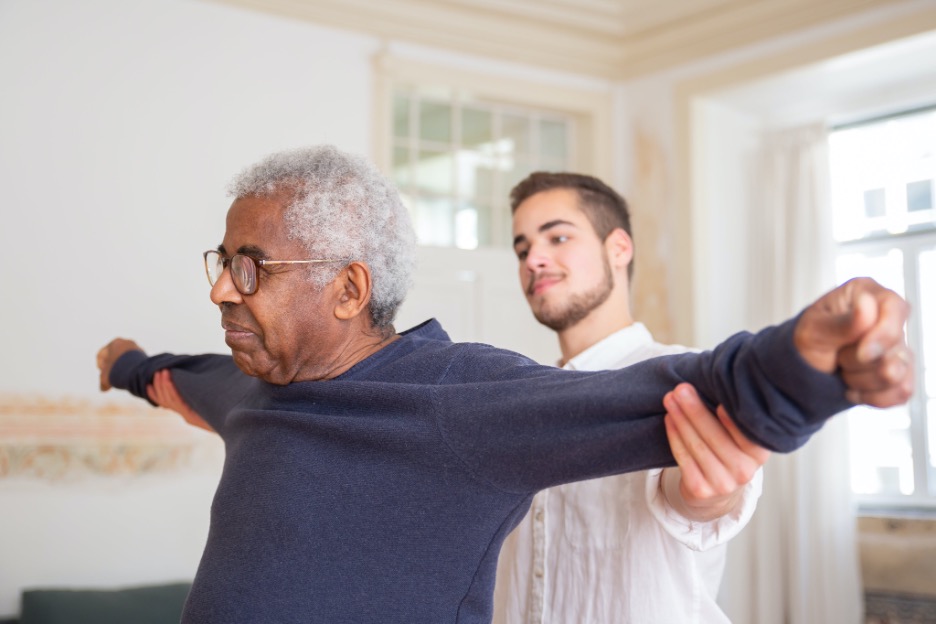Aging is a natural part of life, but it doesn’t have to mean a decline in health and vitality. In fact, with the right approach, individuals can embrace active aging, a concept that emphasizes staying physically, mentally, and socially engaged as we grow older. One crucial aspect of active aging is exercise and fitness programs integrated into comprehensive healthcare systems. These programs play a vital role in helping seniors maintain their independence, improve their overall quality of life, and reduce the burden on healthcare resources.
Understanding Active Aging
Active aging is a holistic approach to growing older that focuses on maximizing physical, mental, and social well-being. It’s about living life to the fullest, irrespective of age. This philosophy challenges the traditional view of aging as a period of decline and instead encourages individuals to embrace life’s later years with energy and enthusiasm.
The Importance of Exercise in Active Aging
Exercise is a cornerstone of active aging, and its benefits are numerous and well-documented:
- Physical Health: Regular exercise helps maintain muscle strength, flexibility, and balance. It can also reduce the risk of chronic diseases like diabetes, heart disease, and osteoporosis.
- Mental Well-Being: Physical activity has been shown to improve cognitive function, memory, and reduce the risk of conditions like dementia and depression.
- Social Interaction: Participating in group fitness programs encourages social interaction and combats loneliness, which is essential for mental and emotional health.
- Independence: By enhancing physical and mental health, seniors can maintain their independence for longer, reducing the need for full-time care.
The Role of Integrated Care
Integrated care systems are designed to provide a seamless and comprehensive approach to healthcare. They focus on not just treating illness but also on promoting overall well-being. In such systems, exercise and fitness programs become a key component of a holistic approach to senior health. Here’s how integrated care supports active aging through exercise:
- Personalized Fitness Plans: Integrated care professionals work with seniors to develop personalized fitness plans that consider their unique needs, physical condition, goals, and interests.
- Group Classes: Many integrated care systems offer a variety of group fitness classes like yoga, water aerobics, and strength training to promote social interaction and physical health.
- Access to Facilities: Senior care facilities are equipped with modern fitness centers, pools, and other amenities to cater to a wide range of interests and abilities.
- Nutrition Guidance: Integrated care systems also provide nutritional guidance to complement exercise routines, ensuring a holistic approach to health.
The Benefits of Promoting Active Aging
Promoting active aging through exercise and fitness programs within integrated care systems offers a multitude of benefits:
- Improved Quality of Life: Seniors experience a higher quality of life with enhanced physical and mental well-being.
- Reduced Healthcare Costs: The preventive nature of exercise programs can reduce the burden on healthcare resources, leading to cost savings.
- Greater Independence: By staying physically active, seniors can maintain their independence and continue to engage in activities they enjoy.
- Happier, More Fulfilling Lives: Social interactions and regular exercise lead to happier, more fulfilling lives in the later years.
In conclusion, active aging is not just a concept but a way of life that empowers seniors to enjoy their golden years to the fullest. Exercise and fitness programs integrated into comprehensive healthcare systems play a crucial role in realizing this vision. As we age, it’s not about counting the years but making the years count. Embrace active aging, and experience the benefits of a healthier, happier, and more fulfilling life.
So, let’s celebrate aging, for it brings wisdom, experience, and the opportunity to continue leading vibrant, active lives.


